Classification and Evaluation of Octopus-Inspired Suction Cups for Soft Continuum Robots
- PMID: 38874316
- PMCID: PMC11321698
- DOI: 10.1002/advs.202400806
Classification and Evaluation of Octopus-Inspired Suction Cups for Soft Continuum Robots
Abstract
The emergence of the field of soft robotics has led to an interest in suction cups as auxiliary structures on soft continuum arms to support the execution of manipulation tasks. This application poses demanding requirements on suction cups with respect to sensorization, adhesion under non-ideal contact conditions, and integration into fully soft systems. The octopus can serve as an important source of inspiration for addressing these challenges. This review aims to accelerate research in octopus-inspired suction cups by providing a detailed analysis of the octopus sucker, determining meaningful performance metrics for suction cups on the basis of this analysis, and evaluating the state-of-the-art in suction cups according to these performance metrics. In total, 47 records describing suction cups are found, classified according to the deployed actuation method, and evaluated on performance metrics reflecting the level of sensorization, adhesion, and integration. Despite significant advances in recent years, the octopus sucker outperforms all suction cups on all performance metrics. The realization of high resolution tactile sensing in suction cups and the integration of such sensorized suction cups in soft continuum structures are identified as two major hurdles toward the realization of octopus-inspired manipulation strategies in soft continuum robot arms.
Keywords: biomimetics; octopus sucker; soft robotics; suction cup.
© 2024 The Authors. Advanced Science published by Wiley‐VCH GmbH.
Conflict of interest statement
The authors declare no conflict of interest.
Figures




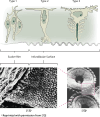
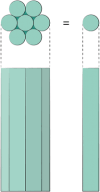

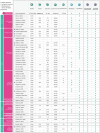

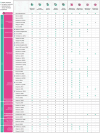
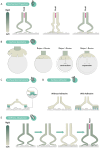
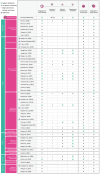
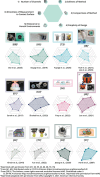
References
-
- Christopoulou‐Aletra H., Papavramidou N., J. Altern. Complement. Med. 2008, 14, 899. - PubMed
-
- Roche T., Developing‐stick, U.S. Patent 52748, 1866.
-
- Needham O., Improvement in atmospheric knob, U.S. Patent 82629, 1868.
-
- Xie Z., Domel A. G., An N., Green C., Gong Z., Wang T., Knubben E. M., Weaver J. C., Bertoldi K., Wen L., Soft Rob. 2020, 7, 639. - PubMed
Publication types
Grants and funding
LinkOut - more resources
Full Text Sources
